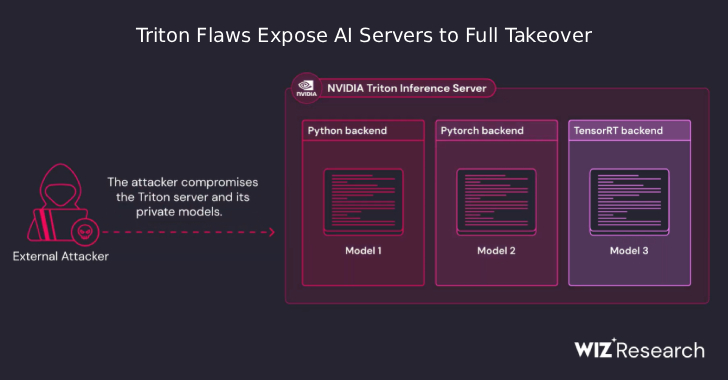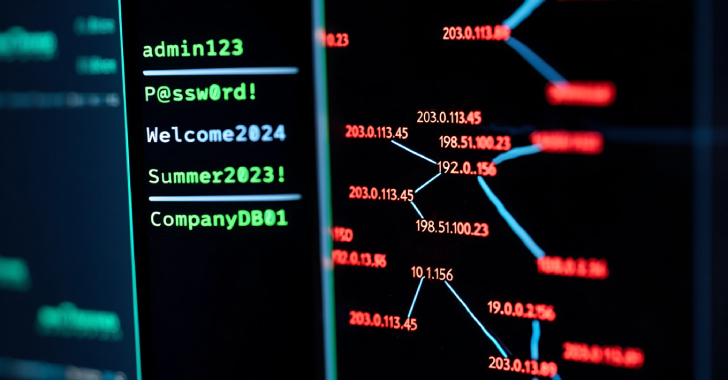
The Road to CMMC Compliance Amidst Increasing Supply Chain Threats
In an increasingly interconnected world, the security of our digital infrastructure has become paramount. The rise of cyber threats and attacks on supply chains has prompted governments and organizations to take proactive measures to safeguard sensitive data and critical operations. One such initiative is the Cybersecurity Maturity Model Certification (CMMC), a comprehensive framework designed to enhance the cybersecurity posture of organizations operating within the defense industrial base. As supply chain threats continue to evolve, the road to CMMC compliance has never been more critical.
Understanding the CMMC Framework
The Cybersecurity Maturity Model Certification (CMMC) is a framework developed by the U.S. Department of Defense (DoD) to assess and enhance the cybersecurity practices of organizations in its supply chain. The framework builds upon existing regulations and standards, such as NIST SP 800-171, and introduces a tiered approach to certification. The goal is to ensure that contractors and subcontractors handling sensitive information and defense contracts meet the required cybersecurity standards.
CMMC consists of five maturity levels, each representing an increasing degree of cybersecurity sophistication and rigor:
- Level 1 – Basic Cyber Hygiene: This level focuses on basic cybersecurity practices, including the use of antivirus software and employee training in security awareness.
- Level 2 – Intermediate Cyber Hygiene: At this level, organizations must establish and document their cybersecurity policies and practices.
- Level 3 – Good Cyber Hygiene: Organizations at this level must have a comprehensive and managed set of cybersecurity practices.
- Level 4 – Proactive: This level emphasizes proactive and advanced cybersecurity practices.
- Level 5 – Advanced/Progressive: Organizations at this level must have an advanced and highly sophisticated cybersecurity program.
To achieve compliance, organizations must be certified at the appropriate CMMC level for the work they perform. The certification process involves both self-assessment and third-party assessment by certified assessors.
Why CMMC Matters in the Face of Supply Chain Threats
The road to CMMC compliance is not just a bureaucratic exercise; it’s a critical response to the evolving threat landscape, particularly in the realm of supply chain security. Here’s why CMMC matters amidst increasing supply chain threats:
- Protection Against Data Breaches: Supply chains are often targeted by cybercriminals seeking to gain access to sensitive government information. CMMC ensures that organizations in the supply chain have robust cybersecurity measures in place to protect against data breaches.
- Defense Against Advanced Threats: As cyber threats become more sophisticated, organizations must continually improve their cybersecurity posture. CMMC provides a structured path for organizations to evolve their cybersecurity practices to meet these challenges.
- Preservation of National Security: The defense industrial base is essential to national security. Ensuring that organizations within this base are CMMC-compliant helps safeguard the integrity of defense operations and prevents foreign adversaries from compromising sensitive data.
- Economic Stability: Supply chain attacks can disrupt operations and lead to economic instability. CMMC compliance helps mitigate the risks associated with supply chain threats, promoting stability in both the public and private sectors.
- Global Competitiveness: CMMC compliance can enhance an organization’s global competitiveness. Many international clients and partners now require evidence of strong cybersecurity practices as part of their contractual agreements.
Navigating the Road to CMMC Compliance
Achieving CMMC compliance is a significant undertaking, but it is essential for organizations in the defense industrial base. Here are some key steps to navigate the road to CMMC compliance successfully:
- Assessment and Gap Analysis: Begin by assessing your current cybersecurity practices and identifying any gaps between your existing practices and the requirements of the CMMC framework. This can help you understand the scope of work required to achieve compliance.
- Documentation and Policy Development: Develop comprehensive cybersecurity policies and practices that align with the CMMC requirements. Ensure that these policies are well-documented and consistently followed throughout your organization.
- Employee Training: Cybersecurity is a team effort, and all employees should be aware of their roles and responsibilities in maintaining a secure environment. Provide regular training and awareness programs to educate your workforce.
- Third-Party Assessment: To achieve certification, you will need to undergo a third-party assessment by a certified CMMC assessor. Engage with a certified assessor early in the process to ensure you are on the right track.
- Continuous Improvement: Cybersecurity is not a one-time effort. It requires continuous improvement and adaptation to evolving threats. Establish a culture of continuous improvement within your organization to maintain CMMC compliance.
- Partnering with Suppliers: If you are a prime contractor, work closely with your suppliers and subcontractors to ensure they are also on the path to CMMC compliance. The security of your supply chain is only as strong as its weakest link.
The Evolving Threat Landscape
As organizations strive to achieve CMMC compliance, they must remain vigilant against the ever-evolving threat landscape. Cyber attackers are persistent and creative, continually developing new tactics to breach defenses. Here are some of the latest threats to supply chains and how CMMC can help mitigate them:
- Ransomware Attacks: Ransomware attacks have become increasingly common and costly. CMMC requires organizations to implement robust backup and recovery procedures, reducing the impact of ransomware incidents.
- Phishing and Social Engineering: Cybercriminals often use phishing emails and social engineering tactics to gain access to sensitive information. CMMC mandates security awareness training for employees, making them less susceptible to these tactics.
- Supply Chain Attacks: Attackers may compromise the supply chain to gain access to larger targets. CMMC helps protect against these attacks by ensuring that all organizations in the supply chain meet cybersecurity standards.
- Zero-Day Exploits: Zero-day exploits target vulnerabilities in software that are unknown to the vendor. CMMC’s emphasis on regular patch management helps organizations stay protected against these threats.
- Insider Threats: Insider threats, whether intentional or accidental, can pose a significant risk. CMMC’s focus on access control and monitoring helps organizations detect and mitigate insider threats.
Conclusion
In a world where cyber threats are on the rise, CMMC compliance has emerged as a critical defense mechanism, particularly for organizations within the defense industrial base. The road to CMMC compliance is not just about meeting regulatory requirements; it’s about safeguarding national security, economic stability, and global competitiveness. As supply chain threats continue to evolve, organizations must remain committed to strengthening their cybersecurity posture and navigating the road to CMMC compliance with diligence and determination. It’s a journey that’s worth taking to ensure a secure and resilient future in an interconnected world.
Contact Cyber Defense Advisors to learn more about our CMMC Compliance solutions.





